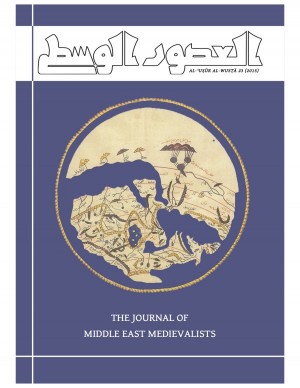Abstract
When the phrase “late antiquity” appears today in scholarly publications on early Islam, it connotes a quest for continuity across time. That is, we expect that when authors use this phrase, they seek elements of continuity between the early Islamic world and the world that preceded it in the Near East. Until recently, however, and somewhat paradoxically, Arabia (geographically speaking, in the broadest sense) has often appeared outside this model. Arabia existed, of course, throughout the late antique period (however defned), but according to this view, its destiny and historical meaning were, frst of all, for it to be remote from its imperial, bureaucratized, urbanized, and monotheistic neighbors; and second, for it to bring discontinuity and even rupture to Near Eastern history, precisely through the rise and spread of Islam.

This work is licensed under a Creative Commons Attribution-NonCommercial-NoDerivatives 4.0 International License.
Copyright (c) 2016 Michael Bonner

